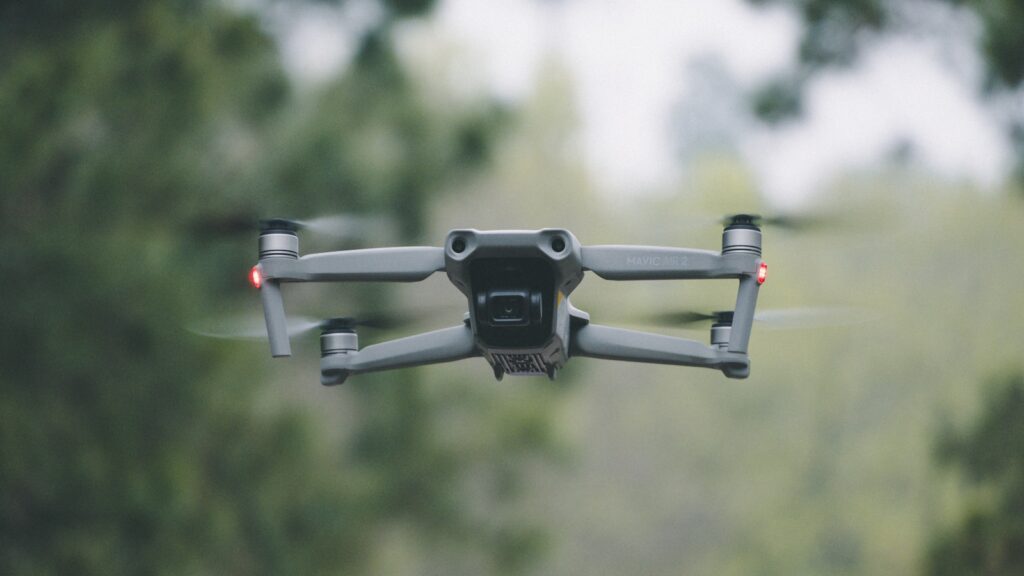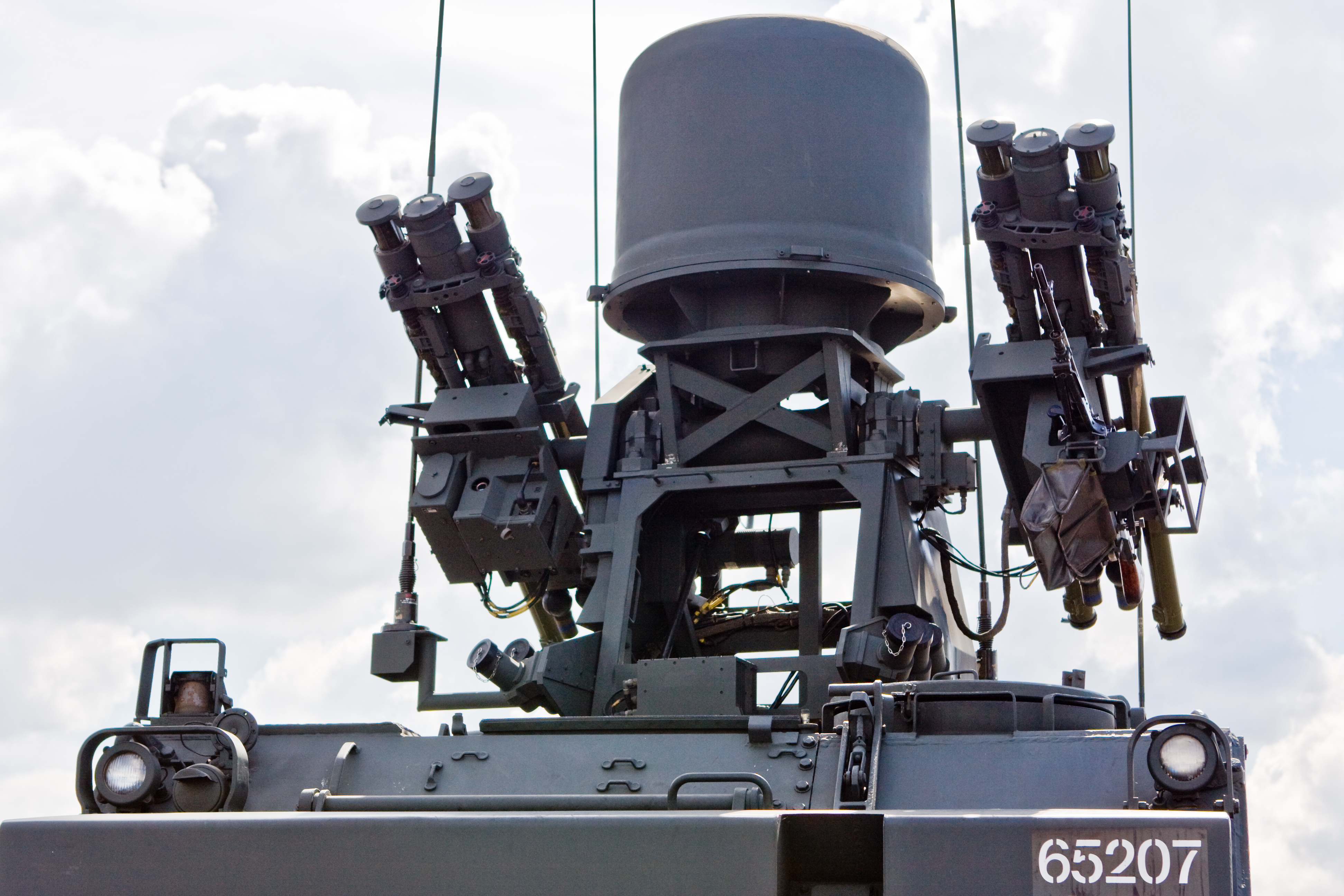
In the crucible of conflict, necessity has long been the mother of invention, and nowhere is this axiom more vividly demonstrated than on the battlefields of Ukraine. Faced with evolving threats and an imperative to protect its personnel, the Ukrainian military has embarked on a remarkable journey of technological adaptation, repurposing legacy systems and pioneering novel robotic solutions. A particularly striking example of this ingenuity is the transformation of the Soviet-era Igla missile launcher into a remote-controlled, unmanned air defense platform, a development that is not only safeguarding troops but also fundamentally redefining the dynamics of engagement.
This homegrown air defense system, a creation of engineers from Ukraine’s 28th Mechanised Brigade, represents a significant tactical leap. By integrating the venerable Igla missile launcher onto a compact, tracked robot, Ukrainian forces have crafted a mobile and stealthy defender capable of operating in highly contested environments. This innovation addresses one of the most pressing challenges currently facing frontline troops: the pervasive threat of enemy first-person-view (FPV) drones.
Traditionally, man-portable air defense systems (MANPADS) like the Igla are shoulder-launched, requiring soldiers to expose themselves from concealed positions to engage incoming aircraft. This method has become increasingly perilous. As the 28th Mechanised Brigade explicitly explained, “Where previously MANPADS could be used directly from trenches, now FPV drones make it difficult for soldiers to even leave cover.” Russian FPV drones, often described as “literally hang[ing] in the air, tracking every movement,” have drastically constrained the operational freedom of Ukrainian infantry, making even a brief emergence from cover an unacceptable risk.
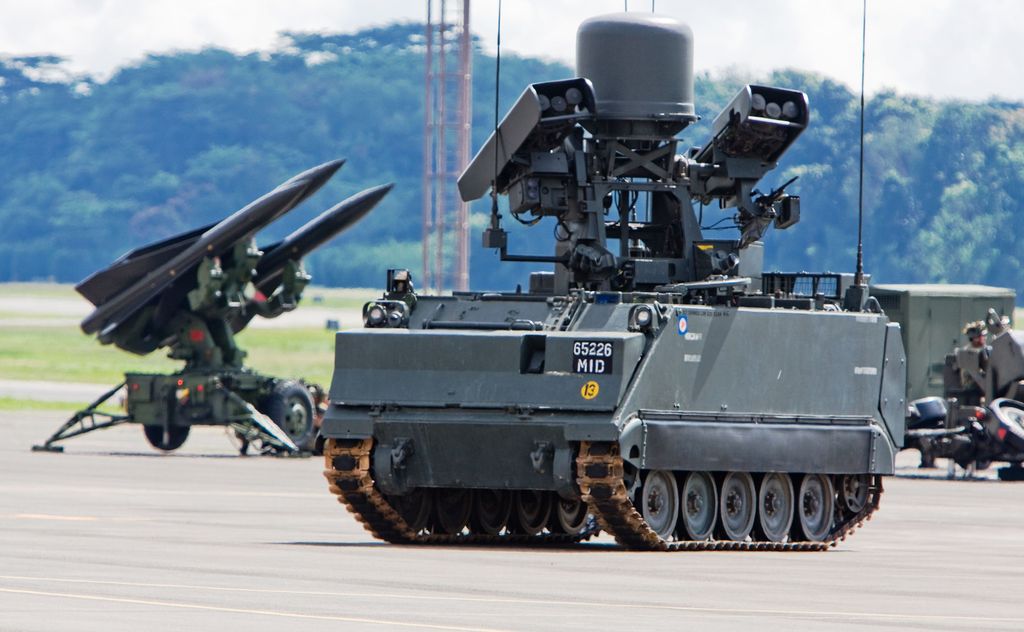
In response, the brigade’s engineering team conceived and assembled the robotic Igla system entirely in-house. This pioneering design mounts the 9K38 Igla, a Soviet-era man-portable infrared homing (heat-seeking) surface-to-air missile (SAM) system, onto a 4×4 unmanned ground vehicle (UGV) using a custom-made bracket. This configuration enables soldiers to control and fire the missile from a protected distance, drastically reducing their exposure to enemy fire and drone surveillance.
The 9K38 Igla missile itself is a formidable short-range air defense weapon, carrying a 1.17 kilogram (2.6 pound) high explosive warhead. It boasts a range of around 6 kilometers (3.5 miles) with a flight ceiling of 3.5 kilometers (11,000 feet) and a maximum speed of approximately 570 meters per second (Mach 1.9). While the Igla system has been in service for decades, the true breakthrough lies not in the hardware itself, but rather in the novel and adaptive way it is being deployed on the battlefield.
Early results have underscored the platform’s immediate impact. Images released by the unit show the compact tracked robot navigating rough terrain with the Igla MANPADS launcher securely mounted on top. According to official statements from the 28th Mechanised Brigade, relayed by United 24 Media, the robotic system has already achieved a significant success, credited with shooting down at least one Russian helicopter. This initial battlefield success speaks volumes about the system’s efficacy and the ingenuity of its creators.
Building on this early validation, the 28th Brigade has not rested on its laurels. Recognizing the strategic value of these robotic defenders, the unit has launched a fundraising initiative to finance the construction of ten more Igla-equipped UGVs. The ambitious plan aims to mass-produce these vital systems directly within military units, signifying a commitment to decentralize and rapidly scale up innovative defense solutions.
This mobile air defense platform is far from an isolated invention; it epitomizes a larger, profound shift in Ukraine’s military doctrine. The conflict has spurred a wave of rapid innovations, pushing Ukrainian armed forces to adapt existing technologies into nimble, battlefield-ready systems tailored for the rapidly changing dynamics of drone-era warfare. This approach reflects a necessary departure from conventional military acquisition and deployment strategies, driven by immediate, pressing needs.
With more limited resources and personnel compared to their adversary, Ukrainian forces have been compelled to “think outside the box” to gain a critical advantage. War correspondent David Kirichenko aptly summarized this strategic imperative: “Russia can afford to send wave after wave of soldiers to die on Ukrainian soil. By contrast, Ukraine must turn to technology.” This embrace of technological solutions is not merely about gaining a tactical edge; it is a fundamental shift in how warfare is conceived and executed, prioritizing the protection of human life through automation.
Indeed, Ukraine is quickly establishing itself as a global leader in unmanned systems. Already dominant in unmanned aerial vehicles (UAVs), the nation is now intensively focusing on the more challenging domain of ground robots. Unlike UAVs, ground robots must navigate complex terrain that often interferes with radio signals, posing significant technical hurdles that Ukrainian engineers are actively overcoming.
The strategic value and domestic enthusiasm for robotic warfare are evident in the official establishment of the 20th Separate Regiment of Unmanned Systems in late 2024. Emerging from the former K-2 battalion, this unit is hailed as the world’s first dedicated unmanned ground systems regiment. Its mandate is expansive, encompassing everything from frontline combat support to the crucial task of casualty evacuation using a diverse array of ground-based robots. The sheer volume of applications received for the regiment’s expansion — thousands, according to the context — underscores the widespread belief in the transformative power of these technologies.
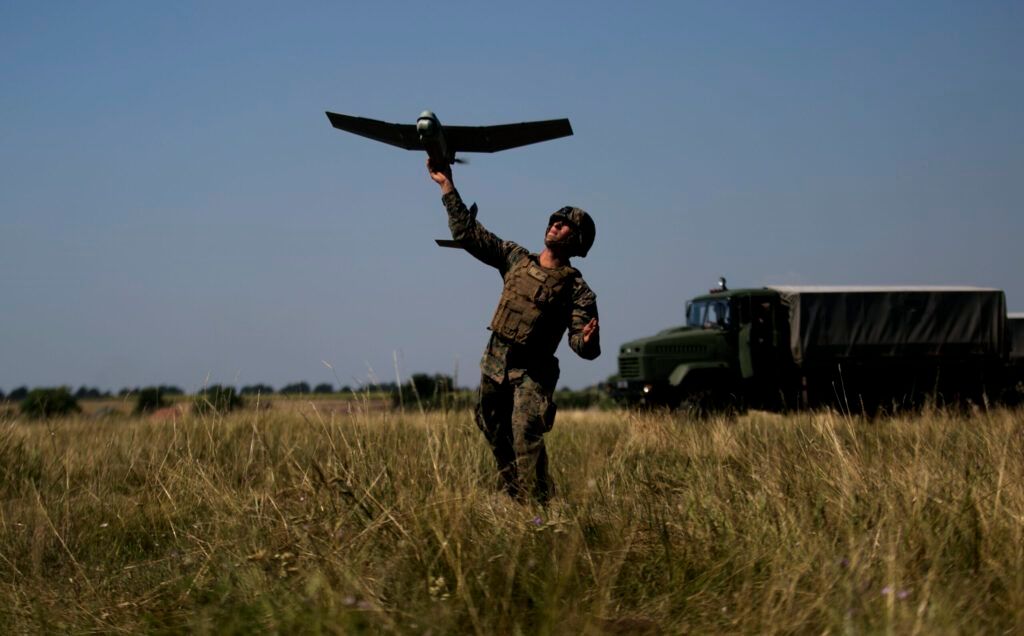
The drive for innovation extends beyond military units into Ukraine’s burgeoning tech industry. The plight of Ukraine has spurred a remarkable wave of technological advancements from companies both domestic and international. For instance, Swift Beat, an AI-powered aerial drone company founded by former Google Founder Eric Schmidt, is contributing to Ukraine’s defense efforts by helping to counter swarms of one-way Russian attack drones. Similarly, novel surveillance technologies like the NATO-approved Rooster hybrid drone are being rigorously tested and refined in the field, providing invaluable real-world proving grounds that are laying the foundational blueprints for the way war will be waged in the future.
Ground robotic platforms are already demonstrating their effectiveness across a spectrum of military operations. Oleksandr, a platoon commander overseeing ground robots for the Antares Battalion of the Rubizh Brigade, told Kirichenko that ground robots “reduce risks for personnel, automate routine or dangerous tasks and enhance the overall tactical flexibility of units.” He confidently predicted that “Over the next year, their role will only grow,” an assessment seemingly validated by the rapid pace of development.
Beyond air defense, Ukrainian forces are experimenting with automated machine gun turrets, allowing troops to maintain cover while engaging the enemy. Other innovations include mounting .50-caliber machine guns and grenade launchers on ground vehicles. A Ukrainian company has even developed a new ground combat robot capable of carrying and launching multiple first-person-view drones, effectively functioning as a mobile “mothership.” These UGVs are also performing critical combat and logistics missions, such as delivering ammunition, evacuating wounded soldiers, strategically placing land mines, and even detonating next to enemy armored vehicles.
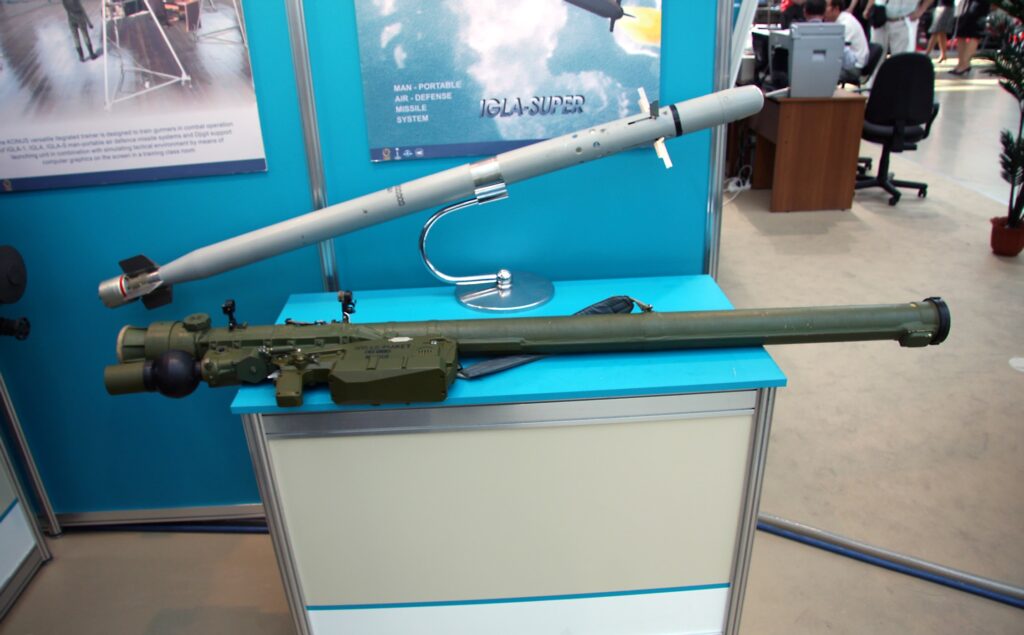
One particularly compelling tactical application enabled by robotic MANPADS is the air-defense ambush. The U.S. Army’s Training Circular 7-100.2, which proposes various methods for such ambushes, offers a fascinating parallel to Ukraine’s innovations. It suggests scenarios like setting up “single-launcher MANPADS ambushes… on wooden platforms built in treetops to catch aircraft flying low over a forest” or having a MANPADS team “dropped off” near or inside contested terrain by a reconnaissance patrol.
For such ambushes, the unit or weapon typically occupies the site under cover of darkness or poor visibility, carefully camouflaged and with all emitters off until ordered to engage. They maintain a hide position, establish local ground security, and use air observers. The circular notes that “More than one air-defense ambush, involving more than one weapon type may be established along an air avenue of approach. These may work independently or in concert.” A crucial detail is that “the MANPADS team may or may not be picked up by the returning [recon] patrol. If not, they may exfiltrate on their own and possibly rendezvous at a different location.”
These ambushes demand stealth, concealment, patience, and a high tolerance for risk during exfiltration – qualities that are exceedingly difficult for human operators to maintain consistently over extended periods. This is precisely where the robotic Igla system shines. Imagine a Ukrainian brigade defending a dangerous stretch of the front line, perhaps an area where Russian forces enjoy local air superiority. Now, envision this brigade strategically seeding the no-man’s-land with patient ground robots, each armed with Iglas or Stingers. These robotic sentinels, controlled by operators working in shifts from a protected distance, do not tire, get restless, hungry, or scared.
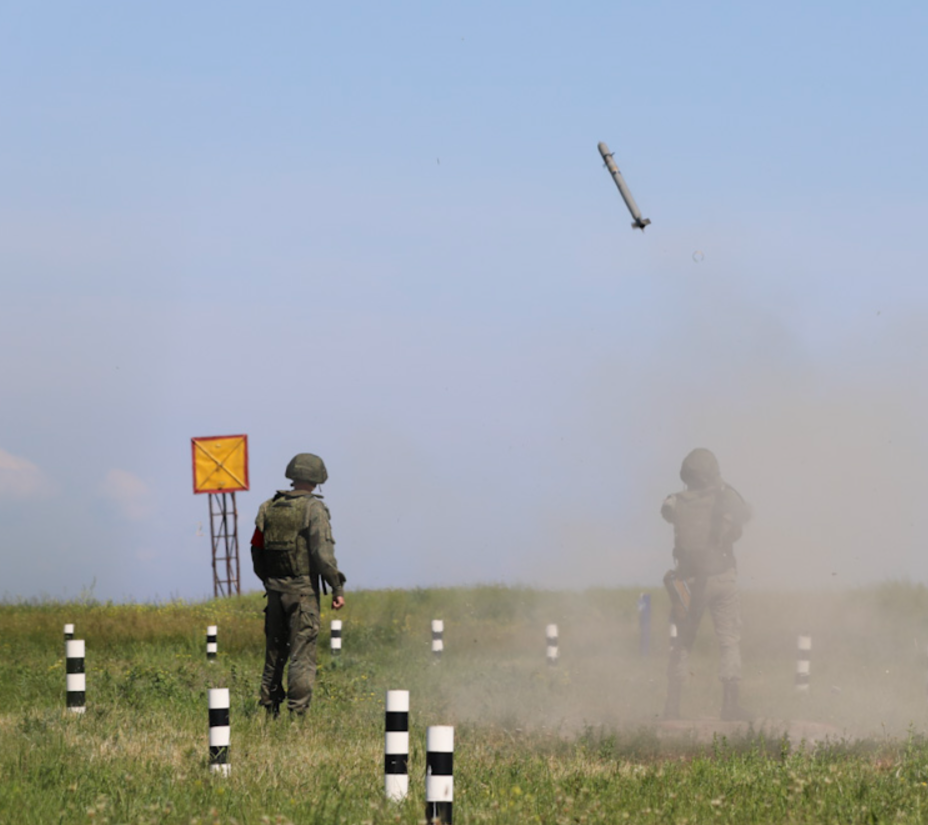
Defense Express points out that beyond replacing the need for an exposed operator, the system could indeed be used to stage ambushes on Russian aircraft behind Russian lines. Its compact size would allow it to be deployed unnoticed, taking up a concealed position, perhaps on a hillside, and patiently awaiting enemy aircraft. For such deep operations, the system would require powerful batteries and a reliable communications link to transmit a clear, stable image for precise targeting. While previous similar platforms have utilized fiber-optic links for different weapon types, the potential for covert, long-duration ambushes is immense.
Currently, Russian attack aircraft and helicopters often operate at low altitudes, employing lofted launch techniques to avoid the engagement zones of Ukrainian air defenses. This tactic makes them particularly challenging to intercept with conventional systems. However, Ukraine’s new robotic launcher promises to alter this dynamic significantly. By extending the reach and flexibility of MANPADS, and crucially, enabling surprise launches from hidden, unmanned positions, these systems could render low-level Russian air operations near the front lines far more dangerous and substantially less effective.
The implications of these advancements are profound, pointing toward a future battlefield where personnel might increasingly find themselves wearing virtual reality headsets rather than heavy body armor. As nations grapple with the demands of modern warfare, the strategic turn towards autonomous robot soldiers to enhance human safety is not merely a theoretical concept but a rapidly unfolding reality on the Ukrainian front. The ingenuity displayed in repurposing existing weapons with cutting-edge robotics underscores a powerful narrative of resilience, adaptability, and an unyielding commitment to innovation under the most extreme pressures.
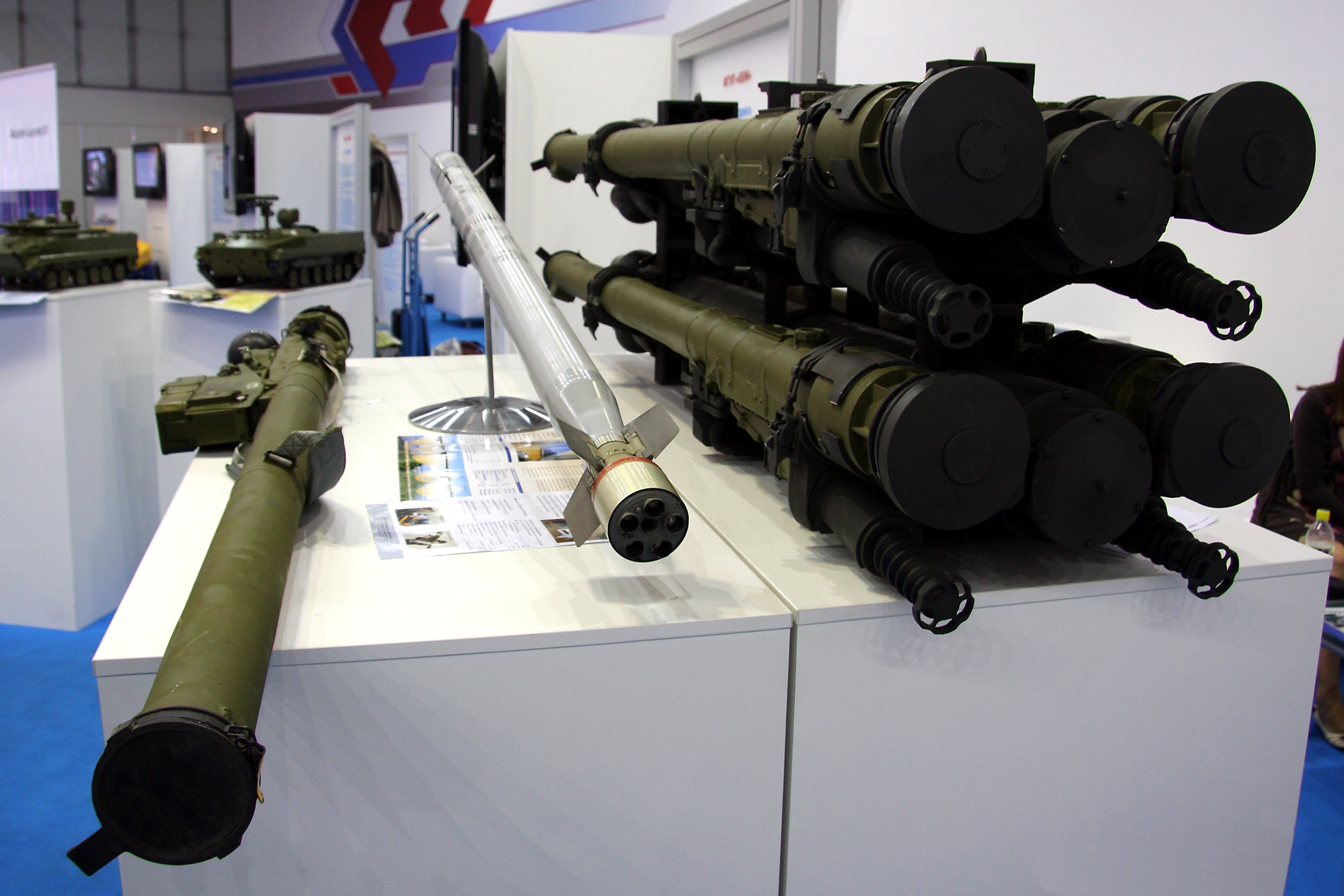
These developments are not just about immediate battlefield advantage; they are laying the groundwork for how future conflicts will be waged globally. Ukraine, through its necessity-driven innovations, is demonstrating that the next generation of military power will be defined not solely by raw numbers or conventional might, but by the capacity for rapid technological adaptation and the creative integration of unmanned systems. The Igla robot, a testament to this spirit, stands as a symbol of a military that is not just defending its present but actively shaping the future of defense.

